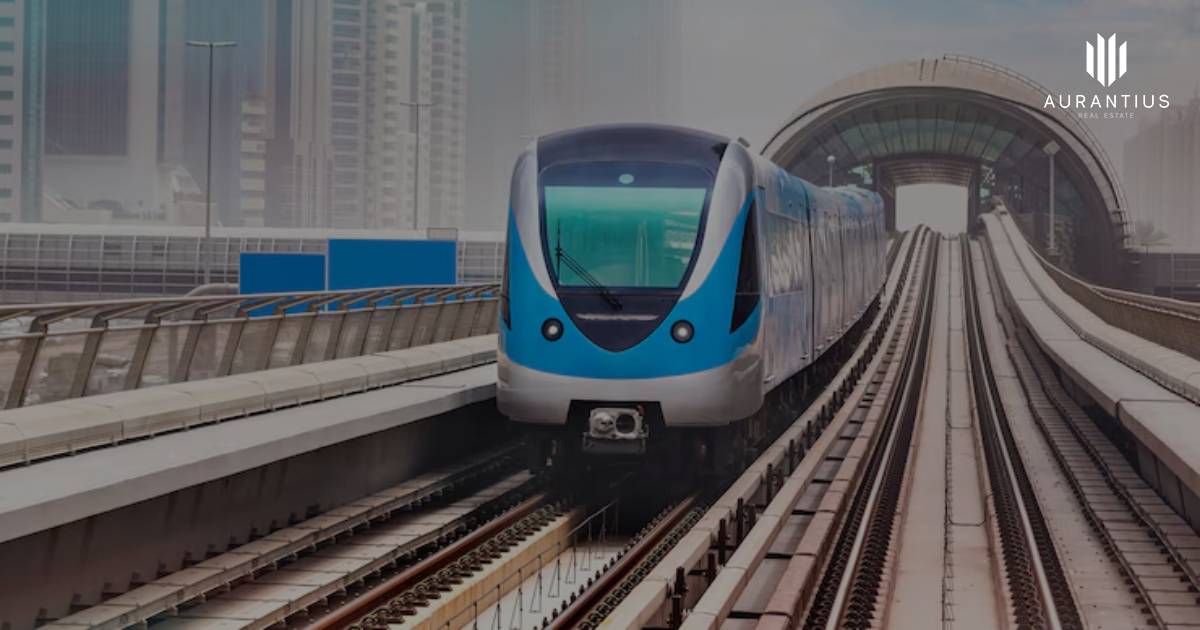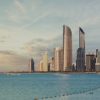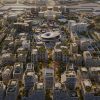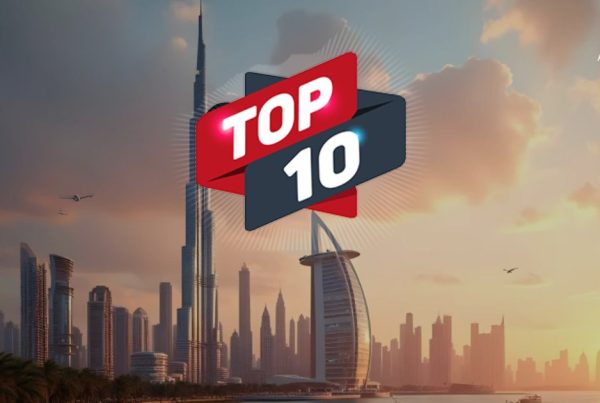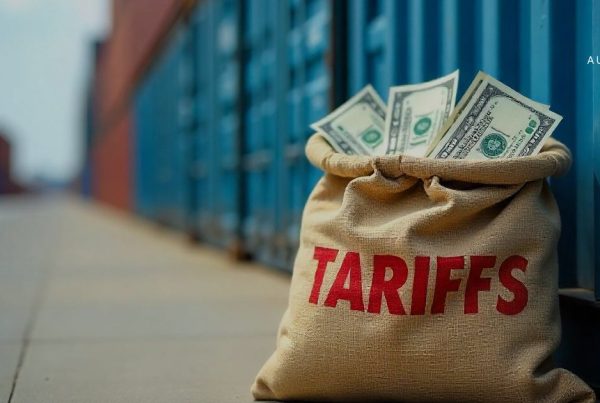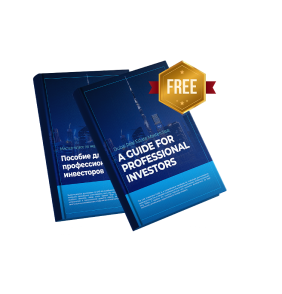Dubai Infrastructure Push (Blue Line, Roads & Hubs) Is Rewiring Real Estate Demand in 2025
Summary: A wave of transport and mobility upgrades — led by the Dubai Metro Blue Line and major road/flyover expansions — is reshaping the city’s connectivity map. Formerly “under-the-radar” districts are moving into the spotlight, investor demand is concentrating around infrastructure-linked corridors, and pricing is holding firm despite global uncertainty.
Connectivity Is Creating New Hotspots
Districts with improved access are accelerating the fastest. Dubai Silicon Oasis, long favored by tech professionals, is benefiting from upgraded links to academic and research hubs. Nearby communities such as Jumeirah Village Circle (JVC) and Al Furjan are also picking up traction on the back of stronger road connectivity and lifestyle upgrades, while large-scale master plans in Dubai South keep drawing end-users and investors seeking long-term value close to logistics, aviation, and new employment nodes.
Market analysts say demand is rising fastest in “infrastructure-linked zones” and mature master-planned communities, where accessibility, daily convenience, and future capital growth intersect. As one brokerage put it, the city is seeing a “perfect storm” of smarter transport, digital empowerment, and diversified demand profiles.
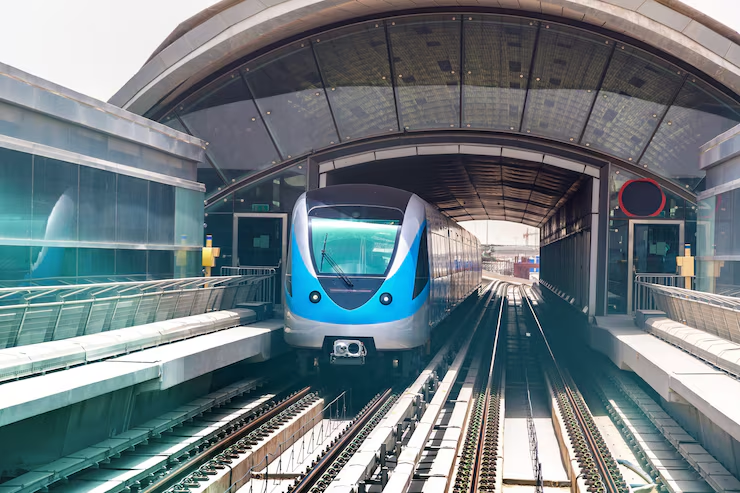
Prices: Firm But Measured Into H2 2025
Forecasts remain optimistic yet disciplined. Consultants expect citywide price growth to moderate to roughly 3.5%–5.2% through year-end, with the median home price edging from around AED 1.70M toward AED 1.79M. Pricing pressure is most evident in mid-tier communities where supply is thin and absorption is high.
Momentum showed clearly in the first half: residential sales surpassed AED 120B in Q1 2025, up about 18% year-on-year. Average residential prices gained 5.6% annually, with villas up 7.9% on constrained supply and apartments up 4.2%. Off-plan continued to dominate as flexible payment plans and infrastructure-enhanced locations attracted both end-users and portfolio investors.
Blue Line = Structural Demand Shift
The Dubai Metro Blue Line is being widely cited as a future “demand spine,” expected to lift residential values and leasing activity along its path by reducing travel time, enhancing last-mile mobility, and catalyzing retail and community amenities. Add in ongoing road and flyover projects, and the medium-term thesis is clear: infrastructure is the catalyst, and housing demand follows.
Developers are already aligning launches to these corridors. Explore current offerings from proven names like Emaar, DAMAC, and Sobha Group, whose pipelines include family-centric communities and transit-oriented schemes that speak to both lifestyle and yield.
Foreign Capital, Tech-Enabled Deals
Cross-border demand is accelerating. Buyers from the UK, Europe, and India are leaning into dirham-denominated assets, citing currency dynamics, Dubai’s transparency, and a zero-tax investment environment. Digitized processes are smoothing the path: AI-driven discovery, online KYC, and e-registration are shortening deal times and giving overseas buyers more confidence.
Despite robust growth, Dubai remains attractively priced versus global peers such as London and New York. That value gap — together with policy stability — continues to pull capital into Arjan, JVC, and Al Furjan, where investors can still target healthy yields with modern product and community infrastructure.
Policy & Regulation Underpin the Boom
Recent Dubai Land Department reforms have increased transparency around escrow, handover, and data reporting — dampening speculation and reinforcing market discipline. The result: structurally stronger fundamentals that are less vulnerable to shocks and better aligned with end-user needs.
Interest Rates, Rentals & The Supply Squeeze
Mortgage rates around 5.25%–5.75% are delaying some first-time purchases and discouraging discretionary upgrades, which in turn is tightening rentals and nudging investors toward income strategies (short-lets and longer tenancy horizons). With handovers skewed to upper segments and branded product, the mid-income pipeline remains relatively thin — a key reason affordable areas keep outperforming on absorption and price resilience.
Inventory constraints are pronounced in mid-market communities. While new launches are active, delivery timelines are focused higher up the price curve. Expect continued outperformance in value corridors: JVC, Al Furjan, and Dubai South — especially properties with efficient layouts, community amenities, and credible developer track records (see DAMAC, Emaar, Sobha).
Rental Outlook & Investor Takeaways
Rents are projected to rise by roughly 3%–4.5% into year-end, with the strongest demand clustering around one- and two-bedroom formats near transit and employment hubs. Vacancy rates are unlikely to loosen meaningfully due to the limited pipeline of affordable rentals, keeping yields elevated in well-located stock.
- Follow the rails: Blue Line and road upgrades should anchor medium-term price and rent growth along connected corridors.
- Mind the mix: End-users favor livability (schools, parks, retail), while investors prioritize yield & resale liquidity.
- Pick proven partners: Stick to reputable developers and escrowed off-plan in infrastructure-benefiting zones.
Bottom Line
Dubai enters the back half of 2025 with high absorption in infrastructure-connected zones, resilient rentals, and a broader recognition as a global benchmark for investor-friendly real estate. With population growth intact, policy clarity improving, and mobility megaprojects advancing, the city’s housing market isn’t merely booming — it’s maturing, sustainably.
Start your search in the most connected corridors here: Dubai Silicon Oasis, JVC, Al Furjan — and compare projects by Emaar, DAMAC, and Sobha Group.

